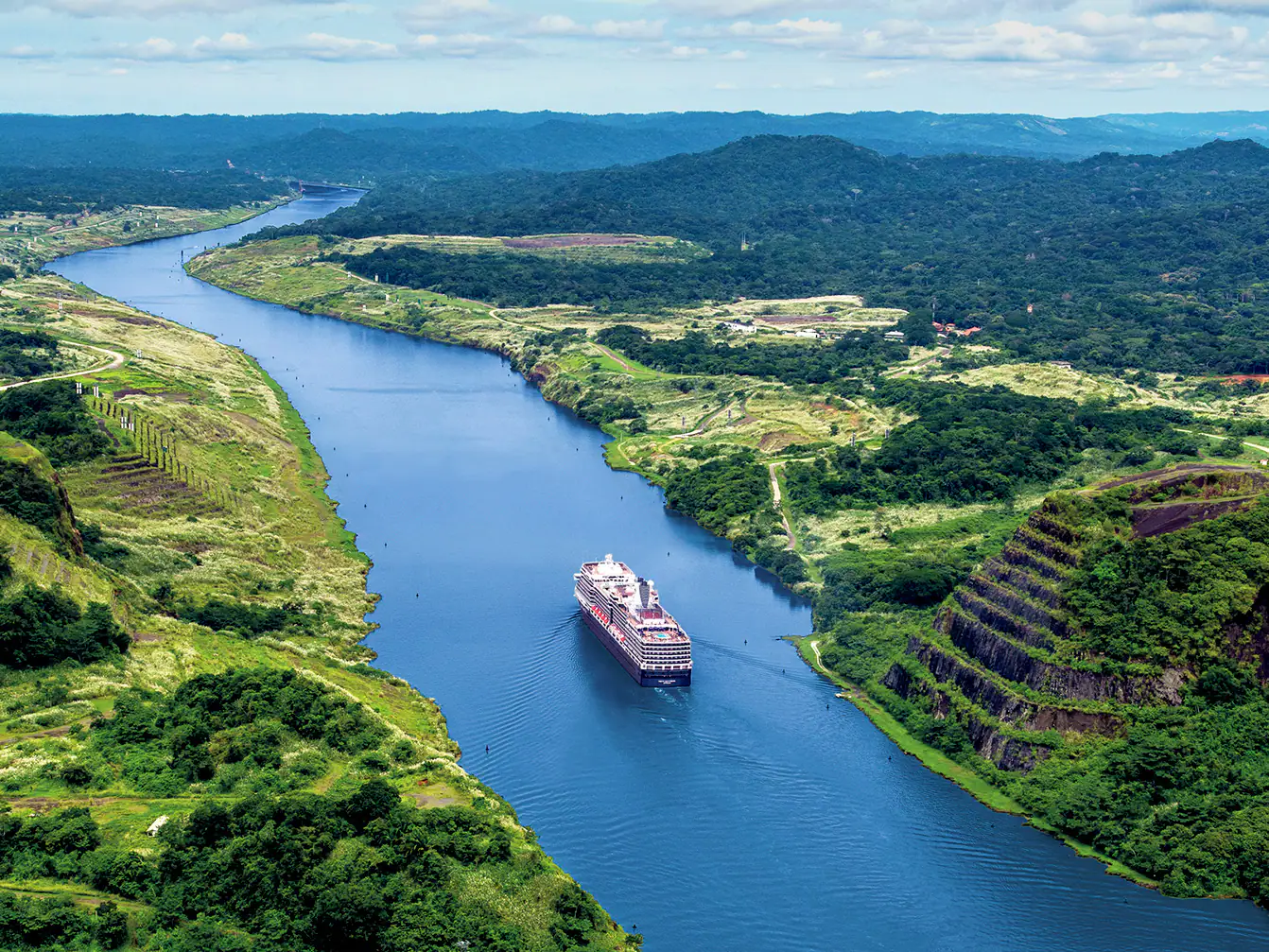This week, the Panama Canal Authority announced new steps to keep ship traffic moving smoothly.
The changes come because this month has been the driest in 73 years of records.
In a bulletin, the Authority said it will limit the number of ships that can pass between the Atlantic and Pacific from November 2023 to February 2024.
Specifically, from November 3-7, 25 slots will be available for ships. Then, from November 8-30, 24 slots will be open.
For the whole month of December, only 22 slots will be available.
Starting in the new year, there will be even fewer slots. Only 20 slots will be open from January 1-31, and just 18 starting February 1, 2024.
These new rules add to earlier steps the Authority took to save water and keep the Canal safe.

For example, they’ve already been reusing water in the newer, larger Neopanamax locks and in the older, smaller Panamax locks.
Lastly, the Authority also said that starting November 1, only 31 ships will go through the Canal each day.
Of these, 9 will use the larger Neopanamax locks and 22 will use the smaller Panamax locks.
Background
The Panama Canal, opened in 1914, has been a crucial link for global trade for over a century.
It connects the Atlantic and Pacific Oceans, making it easier for ships to move goods.
However, the Canal has faced challenges over the years, from political issues to natural ones like droughts.
The current water crisis is a serious concern, as water levels are essential for the Canal’s locks to function properly.
These new steps aim to keep the Canal operational while also conserving water. Earlier measures like water reutilization have been key in maintaining day-to-day operations.
The limited slots are a necessary but concerning step, potentially affecting global trade routes and shipping costs.
It’s clear that the Canal Authority is trying to balance various needs: maintaining efficient operations, ensuring safety, and managing limited water resources.

